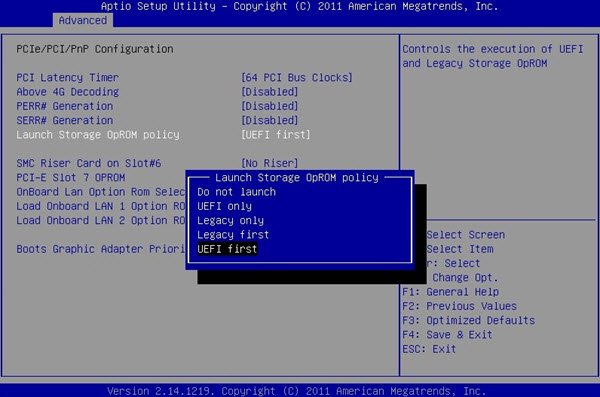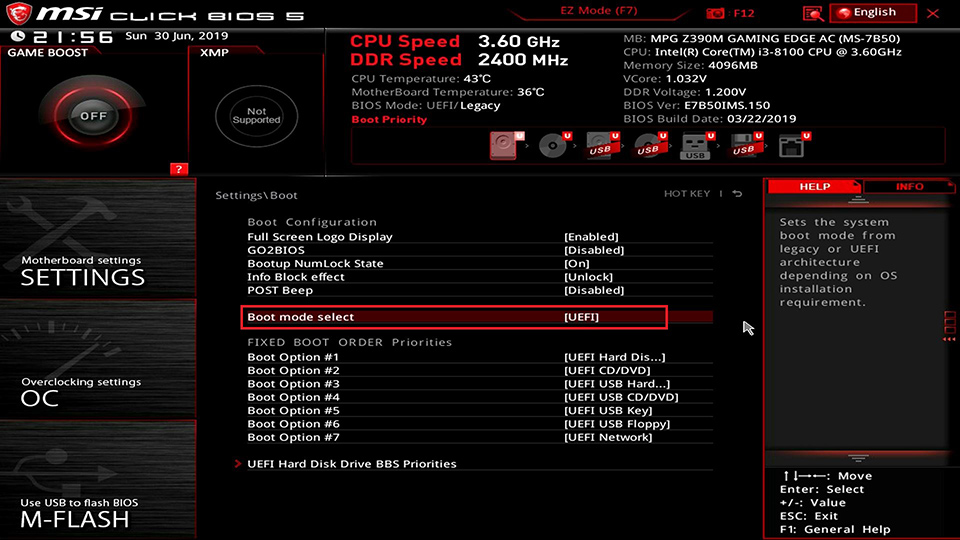

Recently though, I got cocky (and also could not find that known good drive): I tried a modern USB 3.x flash drive on a brand-new Dell XPS 15, only to fail miserably.

The experience was so frustrating that I used the same “proven” old USB flash drive ever since.

It took me several hours to identify USB 3 as the root cause. Personally, I encountered it as early as 2013 with a Sony Vaio laptop. The sad news is that, even in 2020, BIOS support for USB 3.x can be buggy or simply be missing. If in doubt: USB 2 flash drives are cheaper and slower, USB 3.x drives are bulkier. When that happens, a common cause is USB 3.x and the solution is simple: use a USB 2 flash drive. Sometimes, however, it breaks at a crucial step: the USB flash drive does not show up in the list of bootable devices. The process outlined above is simple and painless. Problem: USB Flash Drive Does Not Show Up


 0 kommentar(er)
0 kommentar(er)
